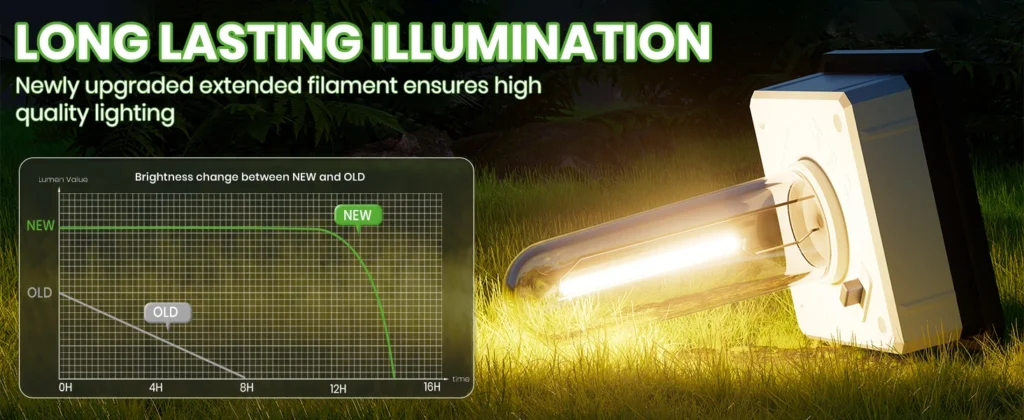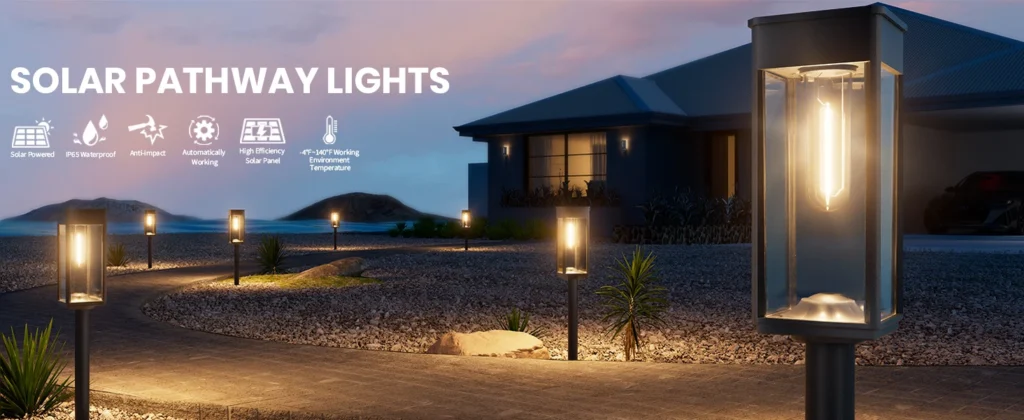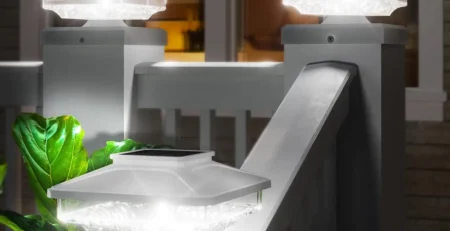Small Solar Lights in US: Federal Rules, Regional Subsidies
In an era when federal subsidization for home energy appliances is tightening, many homeowners are seeking concrete, policy-backed ways to maximize the return on their investment in small solar lighting. The window of opportunity is narrowing, but smart navigation—grounded in current federal guidelines, state differences, and practical application steps—can still unlock meaningful benefits. This article outlines four pillars to help you identify, qualify for, and receive incentives for compact solar lighting, while staying alert to shifting policies.

Federal policy landscape: the application window and key points
- The current federal environment has begun to recalibrate energy subsidy programs, with a focus on efficiency, accountability, and targeted eligibility. While some programs shift toward more stringent qualification criteria, there remains a clear path for qualifying products that meet recognized efficiency standards.
- Window-of-opportunity dynamics: it is essential to verify whether a given incentive program is open for new applications, what the submission deadlines are, and whether any provisional or transitional rules apply during policy updates. In practice, applications submitted during open windows typically require demonstration of energy savings, product specifications, and consumer eligibility.
- Core eligibility signals to watch: product energy performance, durability, and proof of installation or purchase within the eligible period. Keep an eye on any caps or phased rollouts that could affect the number of households served in a given year.
- What to gather now: a recent receipt or proof of purchase, model numbers and energy specifications, installation location, and a basic estimate of expected energy savings. Having these ready helps reduce friction when an eligible window opens or reopens.
State-level policy map: regional subsidy strategies and differentiators
- State programs vary widely in scope, funding, and administrative processes. A one-size-fits-all expectation often leads to missed opportunities, as some states pair rebates with consultant support, while others emphasize straightforward rebates at the point of sale.
- Practical takeaways:
- Identify your state’s primary funding source (federal passthrough, state energy office programs, or utility-administered schemes).
- Check whether incentives are geared toward residential installations, equipment upgrades, or consumer rebates at the point of sale.
- Understand any income caps, household eligibility criteria, or postcode-based variations that influence whether your project qualifies.
- Track any changes announced by state agencies, as many programs adjust funding levels annually or in response to budget amendments.
- Regional difference snapshot: a high-performing approach often combines a federal framework with state-level supplements, resulting in a tiered subsidy that can significantly reduce upfront costs for small solar lighting projects. Conversely, some states may offer limited or no specific solar-light incentives and instead emphasize broader energy efficiency grants.
Product qualification: Energy Star as the core gatekeeper
- Energy Star certification remains a central gatekeeper for many subsidy programs. In most programs, products that meet Energy Star criteria are favored or deemed eligible.
- Why Energy Star matters:
- It signals verified energy efficiency and reliability, which aligns with policy goals of maximizing savings and minimizing waste.
- It streamlines the verification process for administrators, reducing approval times and audit risk.
- What to verify before purchase:
- Ensure the specific model is Energy Star certified for outdoor solar lighting or any applicable category.
- Confirm that the certification is current and applicable to the country of use (Energy Star labeling can have regional variants).
- Retain the Energy Star certificate, product datasheet, and installation documentation to support eligibility claims.
- Limitations to be aware of:
- Some programs may require additional standards beyond Energy Star, such as certain lumen output, battery type, or durability metrics.
- Certification alone may not guarantee eligibility if other criteria (like installation location or user income status) are not met.

Practical guide: from application to funds receipt—step-by-step tips
- Step 1: Assess eligibility
- Gather purchase proof, model numbers, Energy Star status, and installation timing.
- Check both federal and state program guidelines for any product- or user-specific requirements.
- Step 2: Prepare documentation package
- Compile receipts, Energy Star certificates, product specs, installation photos, and any utility bill data showing baseline energy use.
- If required, obtain a recommendation or endorsement from an authorized professional (e.g., an energy auditor or installer) to verify expected savings.
- Step 3: Submit application during an open window
- Follow the program’s online portal instructions precisely; incomplete submissions are a common cause of delays.
- Ensure all fields are completed with consistent information (names, addresses, model numbers).
- Step 4: Verification and review
- Programs may request additional documentation or site verification. Respond promptly to any requests to avoid processing delays.
- Be prepared for possible audits or post-installation checks.
- Step 5: Approval and disbursement
- Understand whether the subsidy is issued as a rebate, tax credit (if applicable), or a direct grant to the installer or consumer.
- Note the typical processing timeline and whether funds are disbursed to your bank account, as a check, or as a credit on future utility bills.
- Step 6: Record-keeping and post-approval steps
- Keep all approval notices, confirmations, and receipts for future reference or audits.
- Track energy savings post-implementation to document realized gains, which can assist with future renewals or similar projects.
Risk alerts and policy monitoring
- Policy volatility: Federal programs may tighten quickly, phase out certain incentives, or reallocate funds to different efficiency measures. Subtle changes in eligibility criteria or documentation requirements can occur with little notice.
- Interaction effects: State programs may change eligibility thresholds or funding levels in response to federal shifts or state budget cycles. A policy that was favorable last year may tighten this year, or vice versa.
- Timing risk: If you miss a window or if processing times extend beyond your project timeline, you could lose part or all of a subsidy opportunity. Planning for early submission can mitigate this risk.
- Administrative risk: Incomplete or inconsistent documentation can trigger denials or delays. Ensure that all claims are backed by verifiable data and kept up to date with current program rules.
- Market risk: Market changes in product cost, battery technology, or supply chain issues can influence the overall value proposition of subsidized purchases. Continuously re-evaluate the projected savings against current costs.
- Monitoring and proactive steps:
- Subscribe to official updates from federal and state energy offices, and set reminders for key application windows.
- Use official program dashboards or newsletters to track the status of open windows and new guidelines.
- Maintain a small, dedicated file with copies of all relevant certifications, receipts, and correspondence.
- Consider contingency plans for different outcomes (e.g., alternative programs or credit options) in case the primary subsidy becomes less favorable or unavailable.
- If feasible, engage a qualified energy advisor or program specialist who can interpret policy changes and help adapt your application strategy quickly.
Conclusion
Even as federal subsidies tighten, there remains a tangible pathway to benefit from small solar lighting through a careful, informed approach that respects regional variations and the central gatekeeping role of Energy Star certification. By understanding the federal window, mapping state-level differences, ensuring product qualification, following a disciplined application flow, and maintaining vigilance for policy shifts, homeowners can still realize meaningful energy savings and economic returns from solar lighting investments.











Leave a Reply